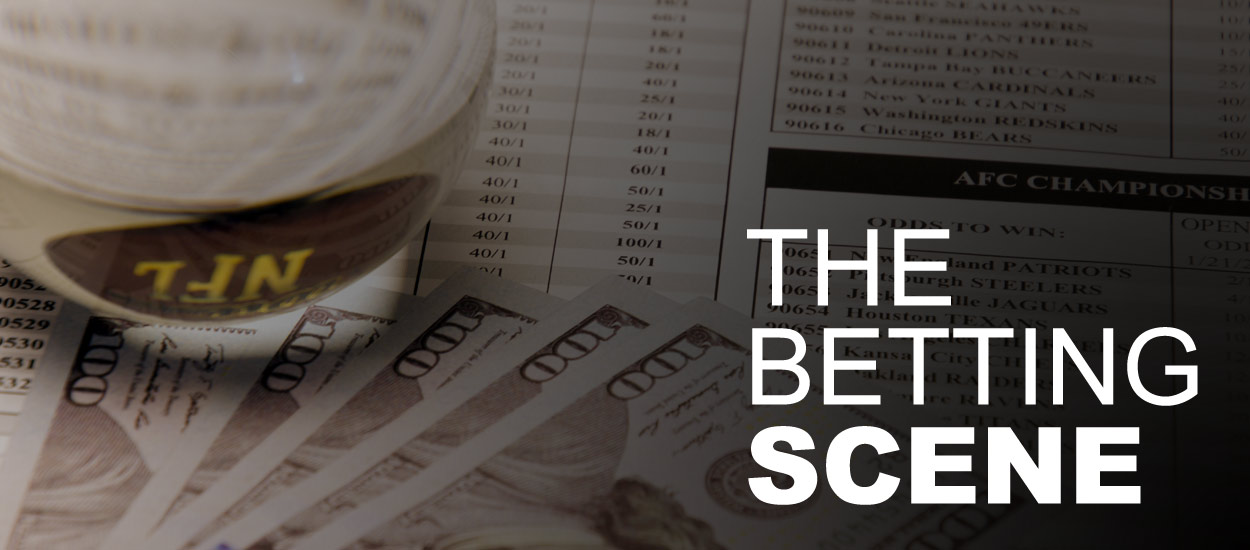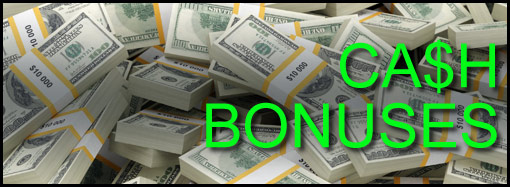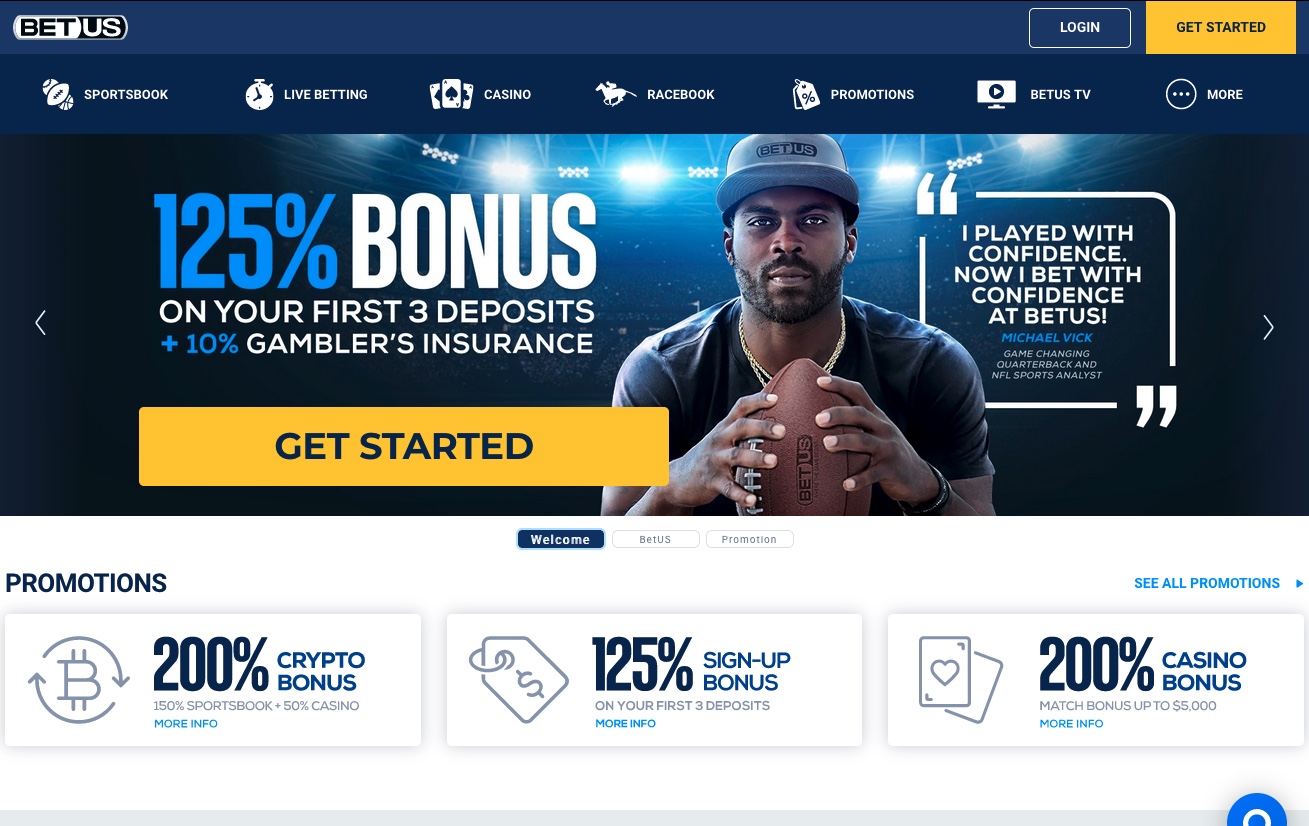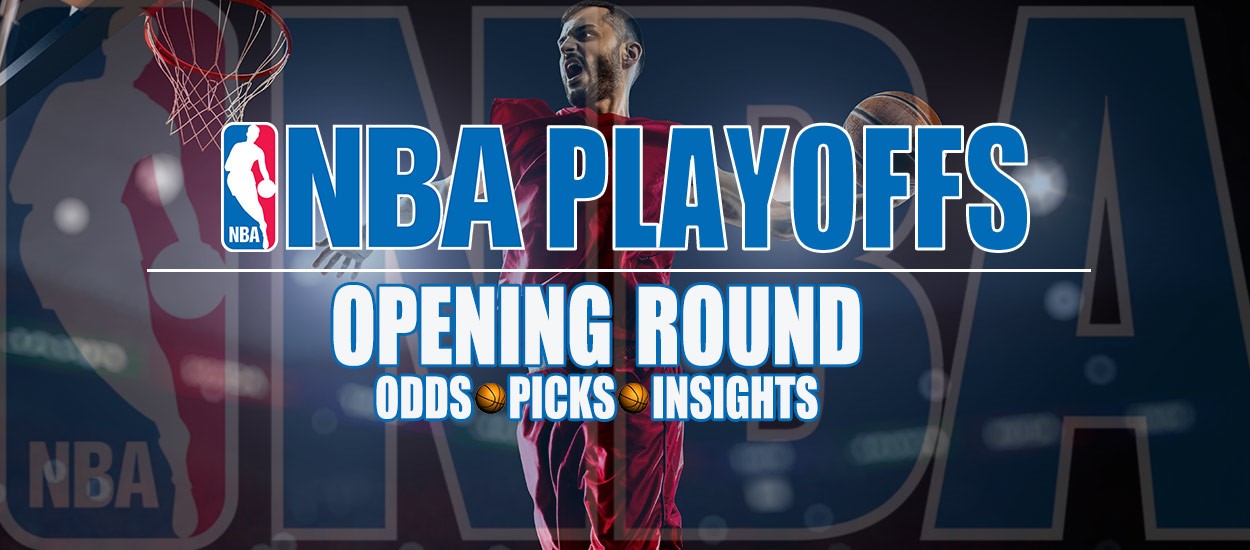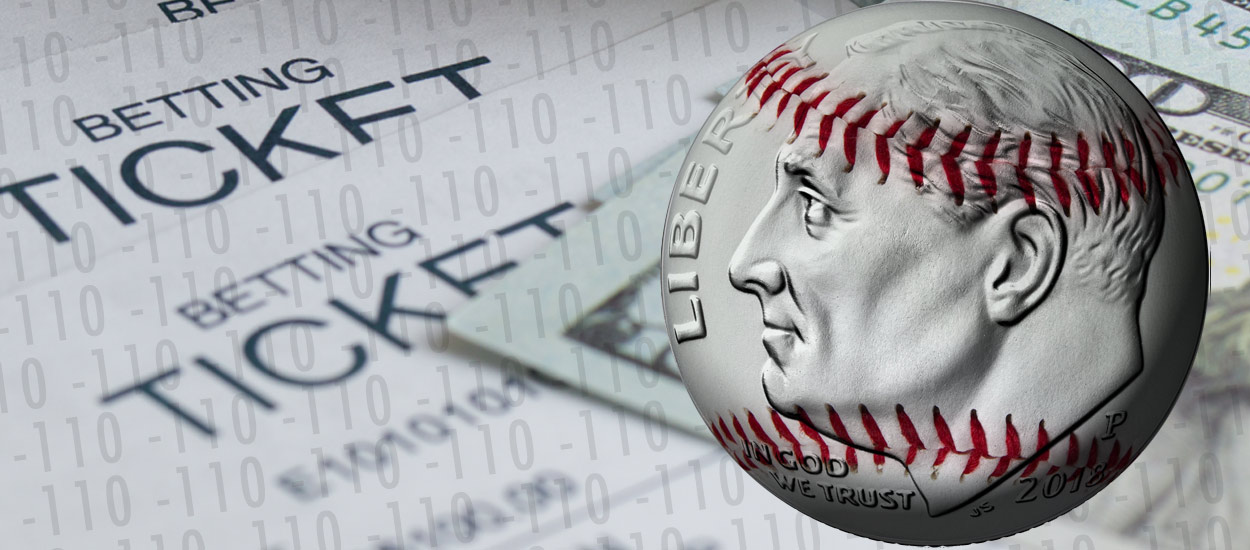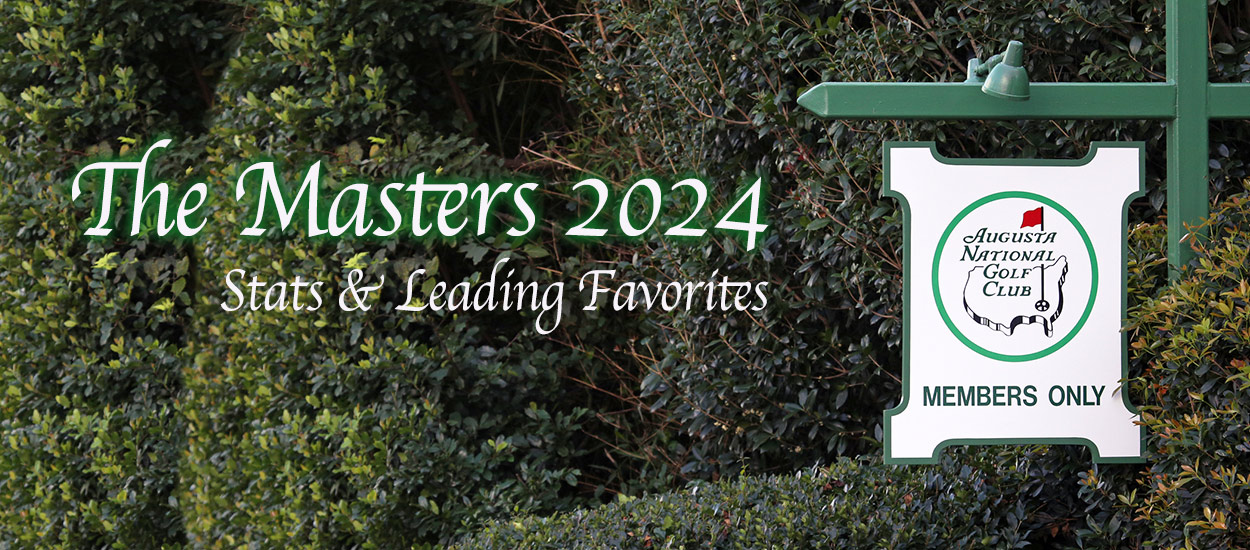It's been almost 2 weeks since the Breeder's Cup and interest in horse racing has not been affected one bit by the event. In fact the Breeder's Cup itself was deemed so insignificant that it wasn't even shown in its entirety on national TV. In prior years the major networks devoted a full afternoon to the Saturday races complete with story lines and interesting factoids and they employed commentators from overseas to weigh in. This year the telecast was aired on NBC Sports (a digital station which most don't subscribe to) and only brought in to NBC's prime network for the Breeder's Cup Classic. The stations aired some story lines for the Classic but the telecast was a shell of its former self. Of course, the lack of network interest in the Breeder's Cup can be applied to horse racing in general. Attendance continues to decline nationwide, revenues are dropping every year, TV coverage is non-existent, except for the Triple Crown races, and racetracks are threatening to close daily. In fact, the only way many racetracks are able to stay open is by incorporating other forms of gambling like slots, casinos and in the case of Delaware, NFL betting.
There has been a lot of speculation as to why interest in horse racing has declined so rapidly but the industry likes to blame other forms of gambling which cannibalized horse racing revenues and the governments which allowed it. I spoke several years back to someone at the California Horse Racing Board and he was quick to blame the government for promoting Indian casinos, lotteries and poker rooms while giving the horse racing industry no support whatsoever. I heard similar comments from someone at the New York Racing Association and from a prior President at Woodbine Entertainment in Canada. But what the heads of those organizations fail to understand, or do understand but are unwilling to admit, is that the majority of reasons for the decline in horse racing can be directly attributable to the industry itself. The following are what I see as the 5 major flaws in horse racing over the years which led to the state of the sport today:
1. Loss of a generation – I'm almost 50 years old and recall going to the racetrack almost weekly with my grandfather and sometimes my brother. My brother had little interest in horse racing itself so when he attended he would look for other things to do but in reality there was nothing. The track occasionally had hayrides on Saturdays, a small video arcade and a place to run near the fence separating the race track from the stands to run. But for any real attraction that would actually entice a younger person to attend there was nothing. As I got older I attended races occasionally but eventually stopped going altogether and I'm sad to say that in those 40 years since I first went to the track, nothing changed. The races are still geared towards adults only, there is even less to do now for younger people than before because the running area was taken away for a casino, and video arcades are a thing of the past. As a result the stands rarely contain anyone under 21 years old and without exposure it's almost a certainty that the kids of those who attend races now won't be attending when they are of age. And really the population at the racetrack is getting older and older because the "X" generation and their children are staying away from a product they were really never exposed to. Instead those from the "X" generation are playing poker, slots and betting on sports. I understand the dilemma the horse racing industry faced since kids were often viewed as a distraction at the track, but the truth is by simply ignoring them in expectation they would attend when they were adults, was fallacious reasoning. Las Vegas actually experienced the same dilemma and as a result in the 1980s and early 1990s they tried to make the city more family friendly to attract families and entice younger people to return when they were older. Attendance did increase in Vegas but families were spending most of their time at the rides and other family geared venues and thus gambling revenue declined. Consequently, Las Vegas' mayor decided to reinstate the old "what happens in Vegas, Stays in Vegas," motto and encouraged families to stay away. Vegas will pay for that decision down the road the same way horse racing is paying for it now.
2. The high takeout at the racetrack – It's quite shocking that the takeout on any win, place or show bet still averages around 20 cents. That is the equivalent of betting on a sporting event where both sides are listed at -150. And for exotic bets the takeout goes as high as 35 cents. While that has always been the case, it's simply not acceptable to today's bettors because they realize they just can't win with that high a takeout. It's understandable that the take needs to be that high because along with paying taxes the tracks have to fund race purses, pay horsemen, pay for track upkeep and pay overhead, but to bettors it's irrelevant. All bettors want is a product that they can win at and they don't view horse racing as the product to do so. Casino games take out as little as 2 cents on the dollar on blackjack and poker to as much as 5 cents on slots and sports betting generally takes out around 5 cents on the dollar. So betting on a product with a 5 times higher takeout than the worst casino game is just viewed as unacceptable by today's youth, who are very mathematically inclined as well as being more savvy with their gambling dollars. It's uncertain what the industry can do about it since all the aforementioned costs like maintenance and horsemen fees are fixed costs, so they need to have a higher takeout but ignoring the issue or telling the public they'll just have to like it or lump it as California did recently is hardly the solution.
3. Catastrophic injuries – Everyone loves to cheer for a star and they love a good story. This was always the case in horse racing. When horses like Secretariat, Seattle Slew and Kelso ran in the 1970s fans flocked to the track. And long before that horses like Seabiscuit and Citation had sports fans and bettors flogging to the racetrack. In Europe there were sold out crowds and expanded TV coverage whenever Frankel ran and the Epsom Derby is still seen in England as the place that anyone who is anyone would be seen at and the winners are honored in numerous ways. But in North America, this hasn't been the case mostly because when a good horse emerges they always seem to break down or retire because of some injury. Barbaro had the attention of many young fans after his Kentucky Derby win and it was hoped interest in the horse would be a catalyst for a new generation. But those hopes were shattered literally when Barbaro broke its leg in the Preakness and eventually had to be put down. And most can still remember vividly when Eight Belles collapsed in the Kentucky Derby and was destroyed on the track in front of TV audiences and young fans at the track. Even when they aren't destroyed it seems great horses nowadays have very short careers such as Big Brown, Smarty Jones and Funny Cide. How much interest would there really be in football if Peyton and Eli Manning only played for a year or 2 and retired and if any budding star simply quit the game after a successful year or so? It would be impossible for fans to associate with the sport or the players and they would almost certainly turn away. Unfortunately that's what's happening in horse racing today and attempts to fix the problem with solutions like synthetic surfaces hasn't really worked. Statistics show only a small difference in injuries as a result of synthetic surfaces and older bettors (which still make up the majority of horseplayers) hate the surface because it makes handicapping harder. In fact, Santa Anita switched to a synthetic surface as the result of a California horse racing board rule which required it but the track switched back to dirt as soon as that rule was lifted. Foreign jurisdictions suggest that race day medications such as bute and lasix are a main reason for the increase in injuries as it allows trainers and owners to run horses that aren't 100% fit by artificially making them feel better but it appears the North American racing boards don't agree or simply don't care.
4. Small field sizes and bad racing – One of the attractions of horse racing has always been the ability to pick out the winner in a large field resulting in a decent payoff. It's why golf and tennis betting are increasing in popularity overseas. But in recent years field sizes for horse racing in North America have been dwindling. There are numerous suggestions for why this is occurring but all that really matters is that it's not uncommon to see fields of 5-6 horses and often times one or two of those horses will be uncompetitive and are only there because they are guaranteed prize money. This leads to bad racing and low payoffs. Tracks have indicated when field sizes are small, attendance is low and since small field sizes are becoming the norm, naturally attendance is declining with it. It's uncertain what racing can do to solve this other than increasing purses to convince breeders to foal more horses but with the state of the industry that is unlikely. The other option of course as well is to have fewer races but since tracks have to pay their bills, that's not an option either. It's unfortunate but a reality.
5. The Internet and simulcast wagering – Remote gambling has been both a Godsend and a nightmare for the horse racing industry. The ability for patrons to wager at home or at an OTB on their home track and on other racetracks has helped increase revenue for the tracks but at the same time it has decreased attachment of horse bettors to the tracks. Just like with any sporting event there is nothing like being there live to generate interest and convince someone to attend again but watching a race on the internet or on TV just doesn't generate as much emotion for the horse bettor. And truthfully most people who go to the track now will often spend much of their time playing slots or doing other things than watching the races. This again ties in to the first issue of the lost generation. One of my fondest memories was being at the track watching the horses kick up the dirt and seeing the horses close from far back in front of my eyes. When I watch a race on the Internet I generally don't even look at the screen until they enter the stretch. It's an unfortunate reality but unless the tracks can get youth to the races themselves the interest will just never be like it once was. So somehow the tracks must get people back to the racetracks if they really want to increase interest again.
While those are the key reasons why horse racing is declining there are other reasons too. But in the end it comes down to the product. If the general population truly found horse racing enjoyable and if they viewed a day at the track as a day of entertainment they would attend. But that isn't the case and it likely won't be the case for years to come if ever. Of course this is just a North American phenomenon. Horse racing in England, France and Italy are as popular as ever and horse racing in Australia and Hong Kong is thriving. Perhaps the North American industry should be talking to them about what they are doing right and what can be done to fix the problem. But having talked to the heads of the racing boards it's clear their egos will never allow that to happen. Nevertheless something has to be done and soon or horse racing as we know it will be a footnote in the history books in this continent.
Contact Hartley via email at hartley[at]osga[dot]com.
Read insights from Hartley Henderson every week here at OSGA and check out Hartley's RUMOR MILL!







